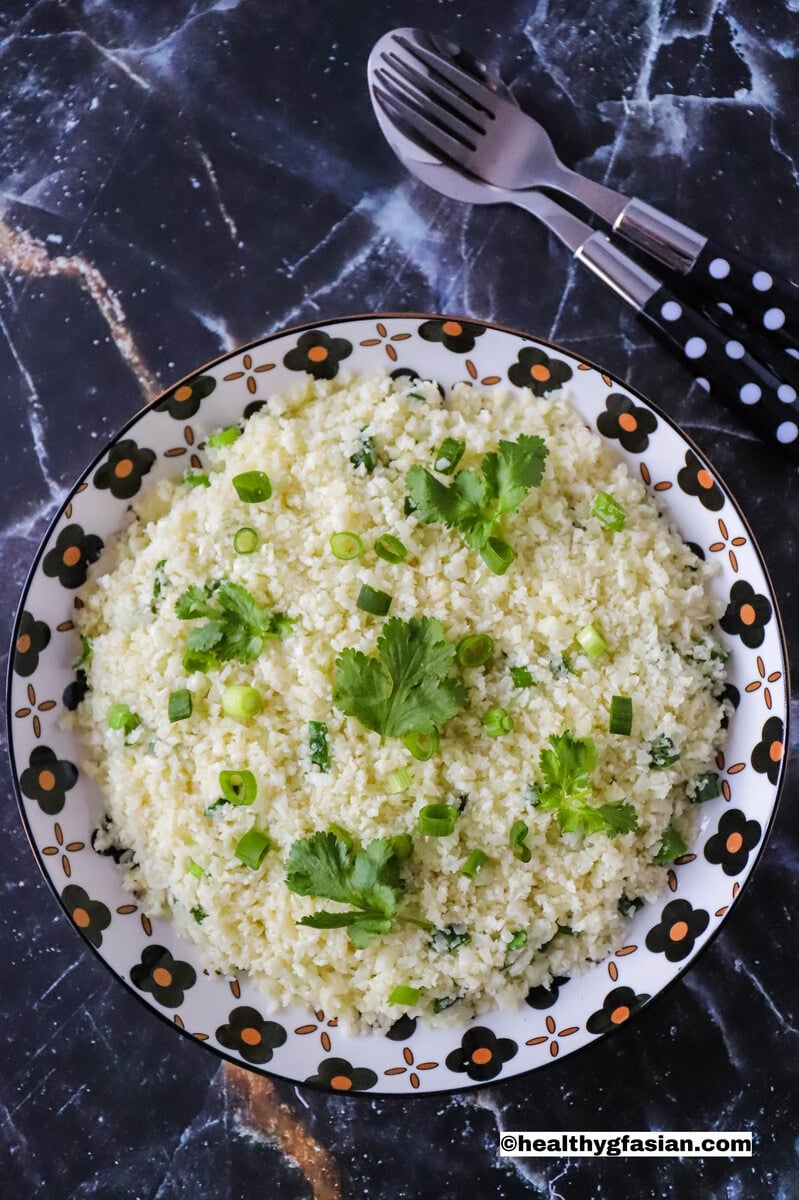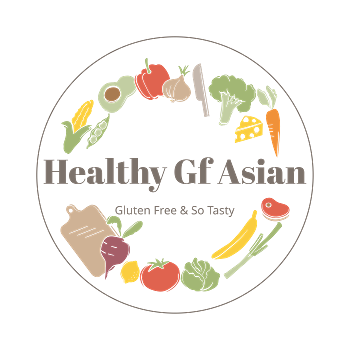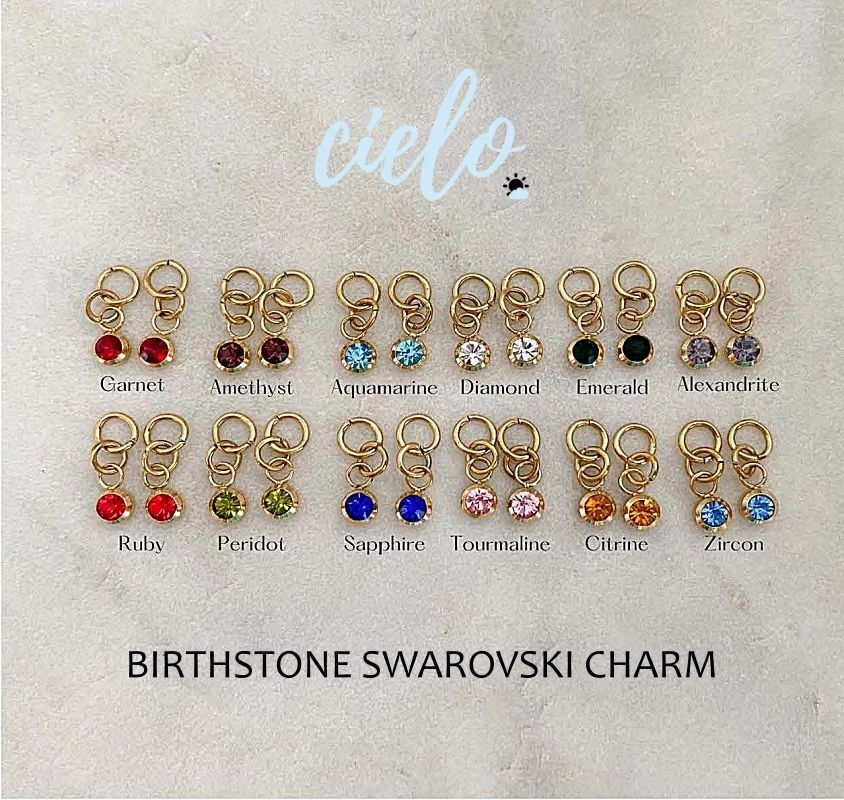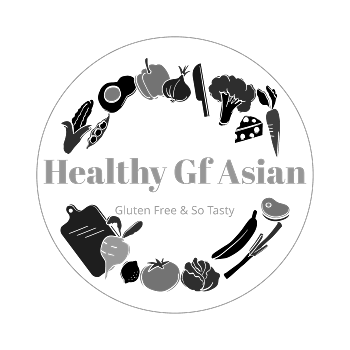Cauliflower rice has gained renown status in the cooking world since its creation in 1998. The creator was Chef Benjamin Ford (son of famous actor, Harrison Ford). He debuted it on the opening menu of his restaurant “Chadwick” in Los Angeles. But he named it cauliflower couscous and now usually known as cauliflower rice. He ground cauliflower into grain sized or rice like texture.
Since its creation, cauliflower rice has become a well liked low calorie, low carb and plant based alternative to carbs. Replacing rice, flour, pasta and other simple carbs. As people are more health aware or on special diets like gluten free, paleo, keto, Whole30 and vegan. As well as for people with rice allergy that is becoming more common. Furthermore, cauliflower has a subtle nutty flavour and is not only cheap but highly well rounded for cookery uses.
You can buy prepacked cauliflower rice at the supermarkets or fruits and veggies stores. Additionally, you can find cauliflower in the produce section fridge or in the frozen veggies aisle freezer. Besides, they come in fresh or frozen bags. While frozen cauliflower rice can keep in the freezer for up to 3 months. Moreover, it does not need thawing before cooking. Many supermarkets and health food stores sell cauliflower snacks like chips, puffs, crackers and pretzels.
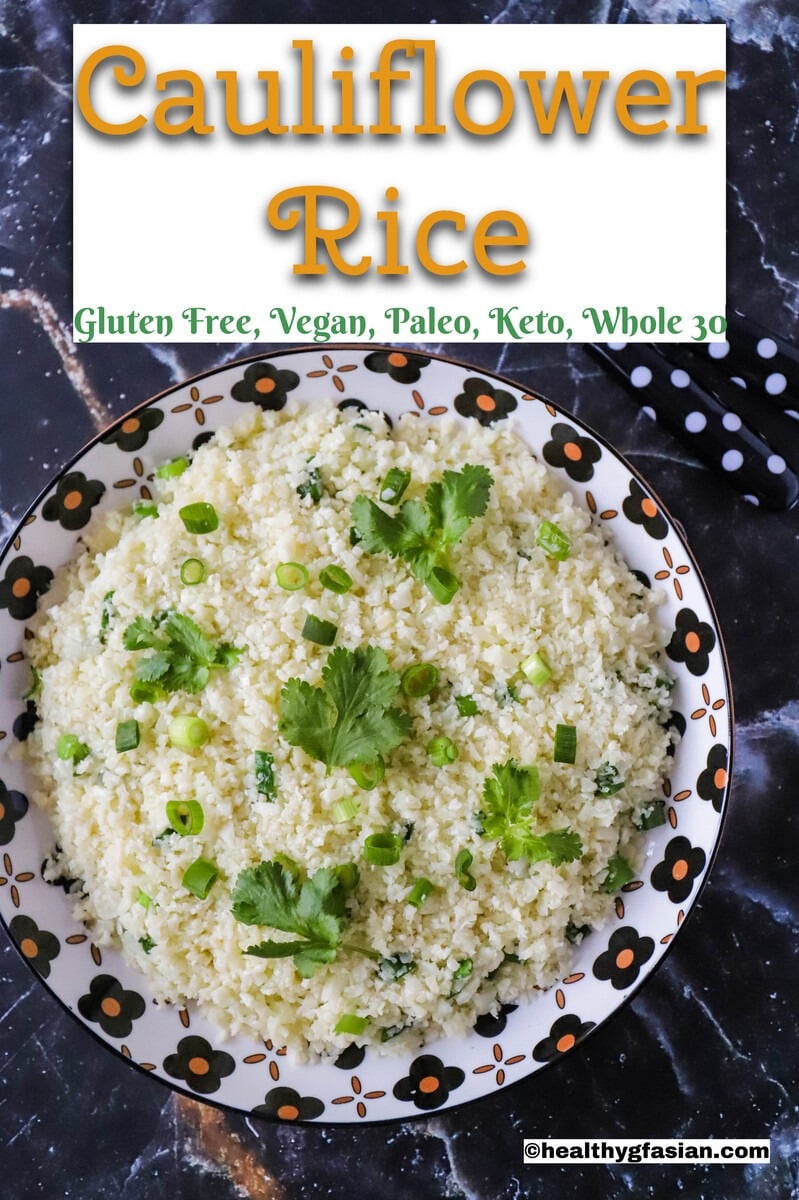
Ways of Preparing and Cooking Cauliflower Rice
Cooking methods for cauliflower include steamed, boiled, pan fried, roasted, grilled, mashed, deep fried, and stir fried. Besides they also make it into pickles, and even eaten raw in salad and relish. For my cauliflower rice recipe, I used either stir frying or steaming cooking methods. Additionally, I have listed three methods of processing whole cauliflower to rice texture. Method 1: Using a food processor (easiest way and most time saving). Method 2: using a box grater (easy and slightly time wasting). And Method 3: using a sharp knife and cutting board (most time wasting).
This cauliflower rice recipe is not only naturally gluten free. It is also vegan, paleo, keto, Whole 30, low carb. Moreover, it is dairy free, soy free, egg free, nut free and corn free.
You may also like my other cauliflower rice recipe Turmeric Cauliflower Rice.
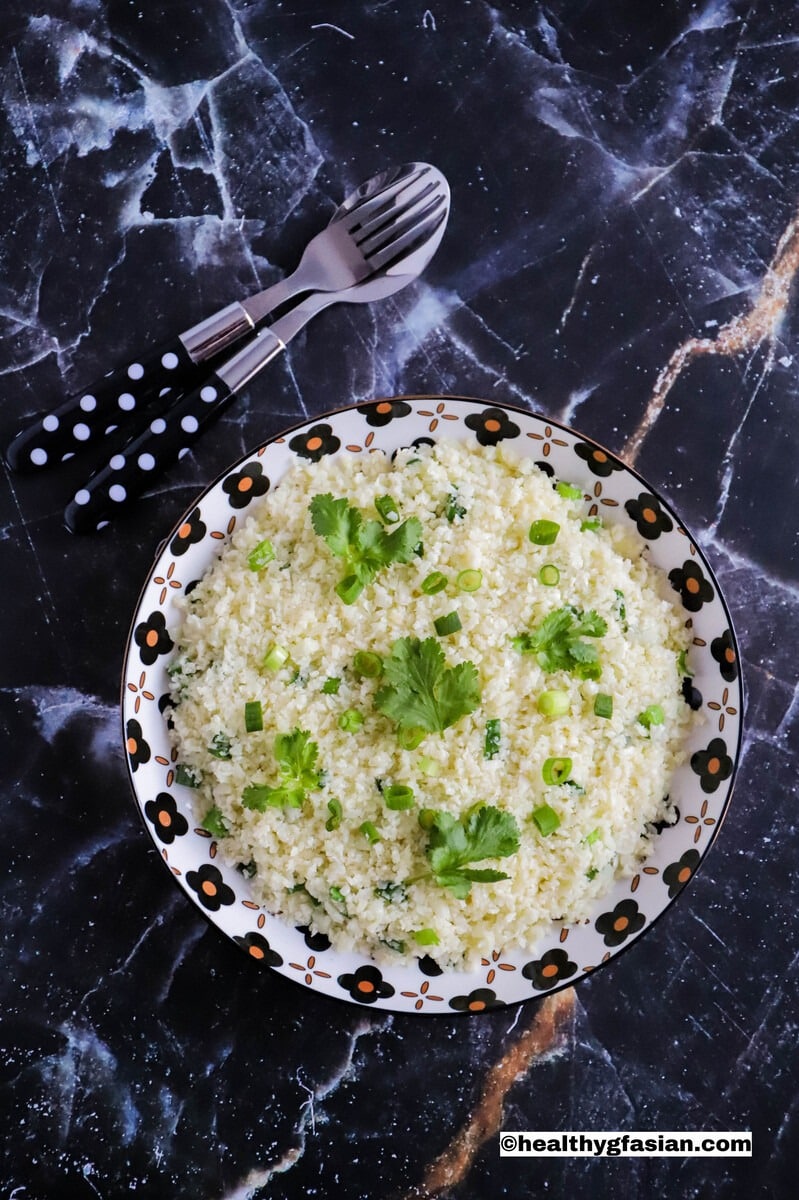
History of Cauliflower
Cauliflower came from the Mediterranean island of Cyrus. And many have been using cauliflower as Asian food staples for many centuries. Before they introduced it to Europe in the 16th century. It did not become widely grown in North America until the 20th Century. Currently, the biggest producers of cauliflower are China and India, making up nearly 75% of the world’s production.
Cauliflower (Brassica oleracea, botrytis) is an annual plant of the Brassicaceae (or Mustard) family. Other cultivars include broccoli, broccolini or baby broccoli (hybrid of broccoli and gai lan). As well as cabbage, kale, collard greens, Brussels sprouts, Savoy cabbage, kohlrabi and gai lan. Together, these cultivars belong to “cole” crops. Cauliflower is a cruciferous veggie, and only the edible white flesh of the cauliflower’s head is edible. We often refer to the head as “curd” that has white inflorescence meristem and its florets do not produce chlorophyll.
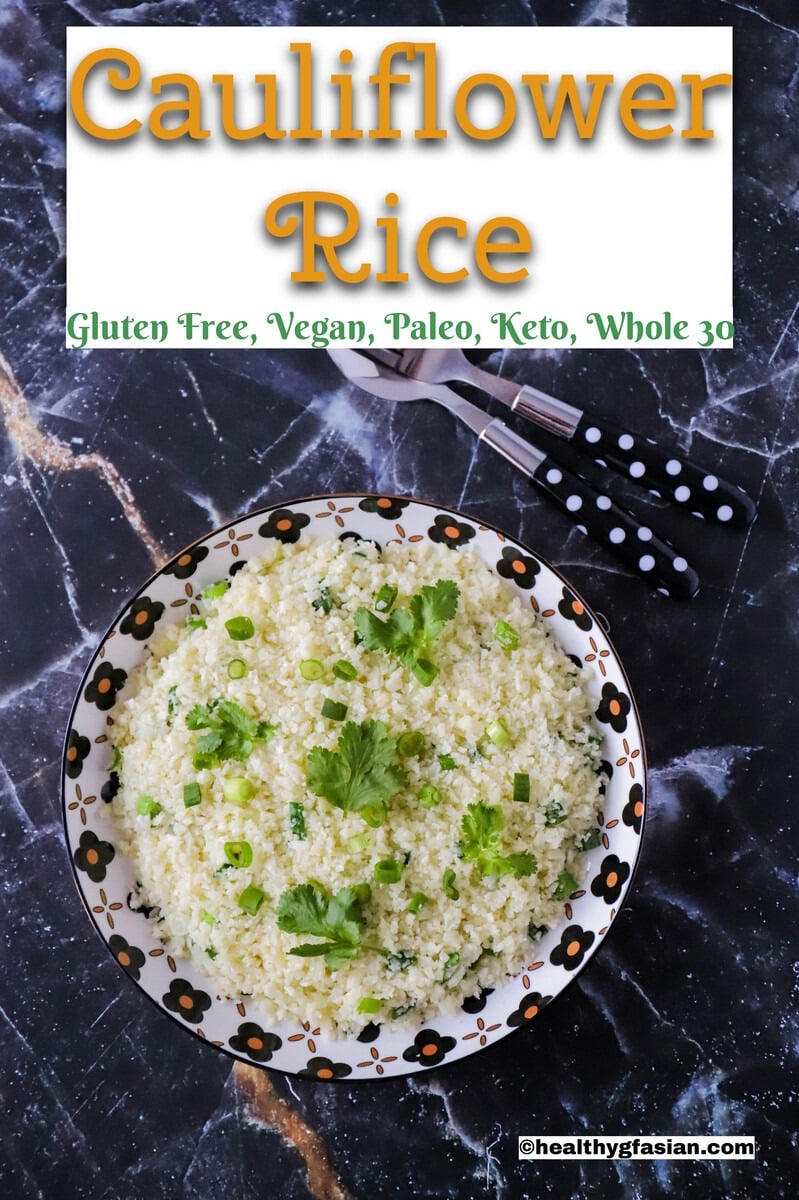
Types of Cauliflower
Today, White cauliflower is the most broadly available for sale on the market. However, other cultivars with different colours like orange, purple, and green are also available to buy.
Additional types of cauliflowers with colours:
- Orange cauliflower (cultivars ‘Cheddar’ and ‘Orange Bouquet’) – has orange pigment called betacarotene and is rich in vitamin A.
- Purple cauliflower (cultivars ‘Graffiti’ and ‘Purple Cape’). Contains C flavonoid compounds called anthocyanins, a water soluble pigments that provide it the purple colour similar to red cabbage.
- Green cauliflower (cultivars ‘Alverda’, ‘Green Goddess’ and ‘Vorda’). Also called broccoflower and has normal head (curd) shape like the white cauliflower.
- Green Romanesco cauliflower or broccoli. Similar in colour to broccoflower but has spiral spikes head or curd and look unique from other broccoli or cauliflower.
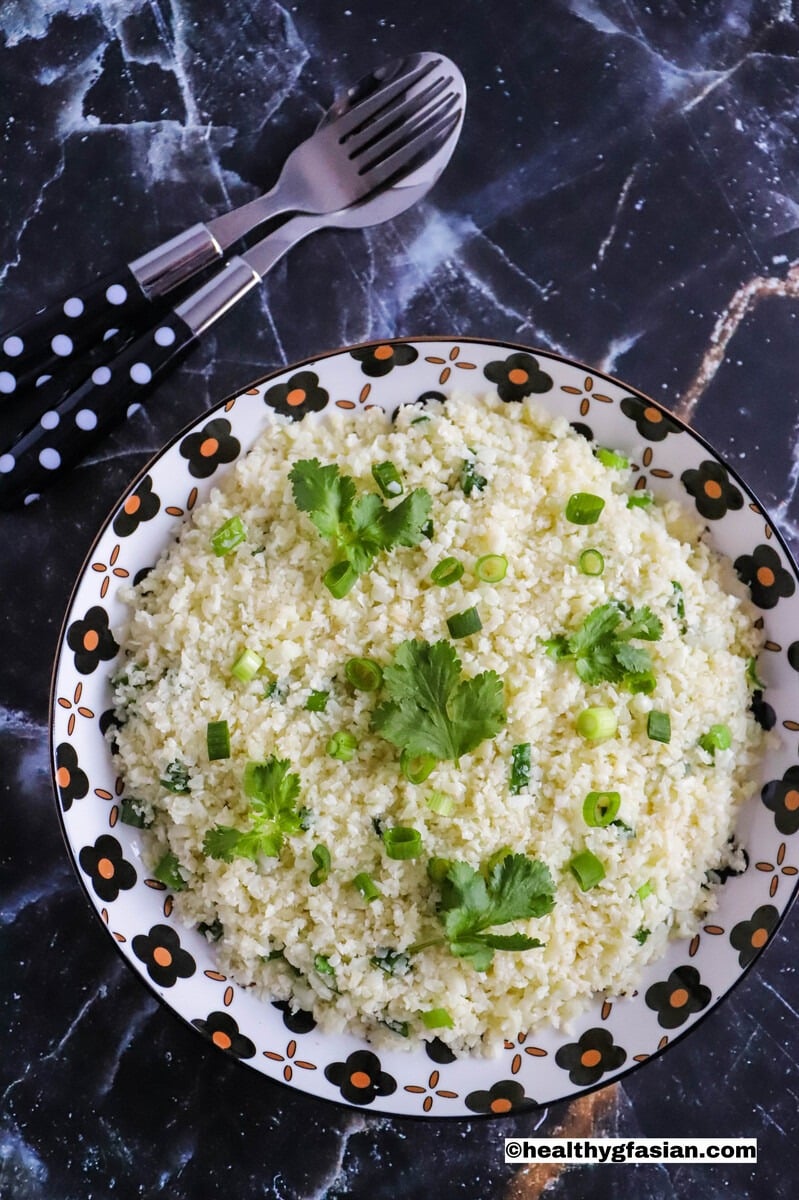
Nutritional Values and Health Benefits of Cauliflower
Cauliflower is low in fat, low in carbs, high in dietary fiber, low cal and low in sodium. It is an excellent source of vitamin C and K. And also a good source of folate (vitamin B9), vitamin B5 (pantothenic acid), vitamin B6 (pyridoxine) and choline. Additionally, cauliflower has some vitamin B7 (biotin), vitamin B1 (thiamine), vitamin B2 (riboflavin), and vitamin B3 (niacin). As well as manganese, phosphorus, potassium and magnesium. In addition, cauliflower is particularly high in antioxidants like glucosinolates and isothiocyanates including carotenoid and flavonoid antioxidants as well.
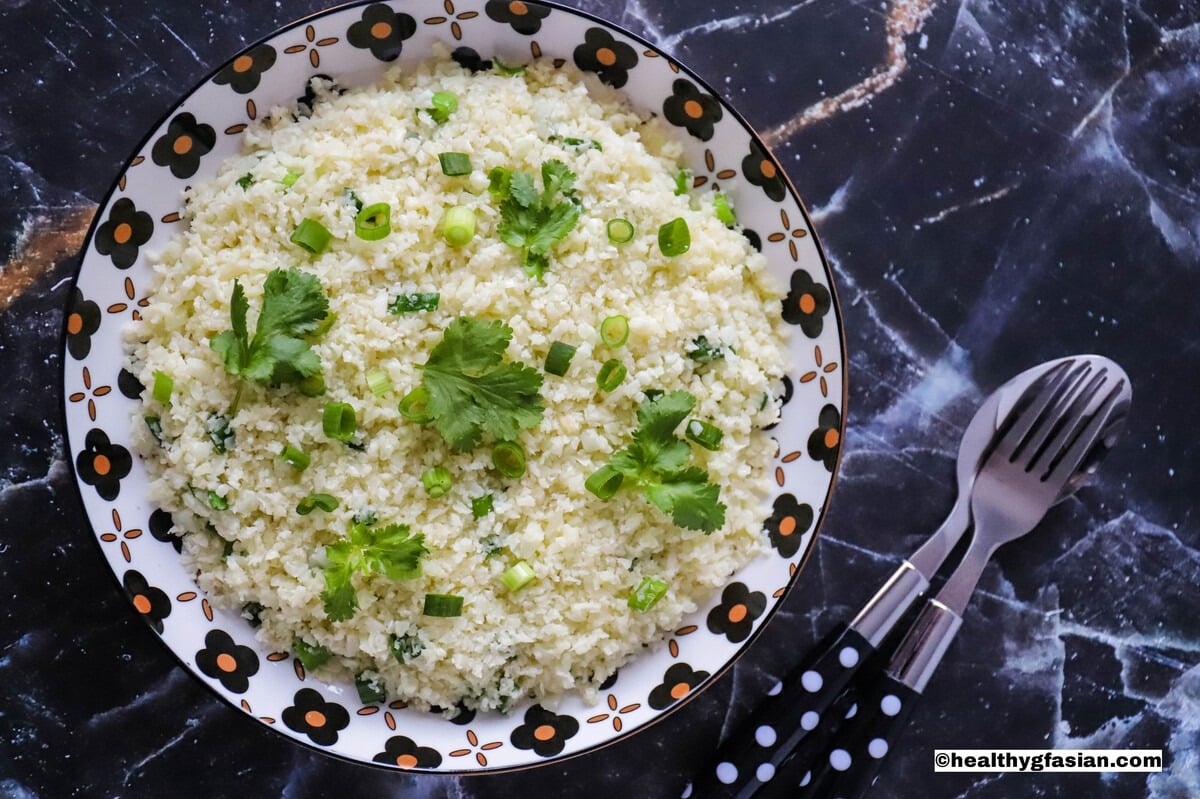
All in all, the health benefits of cauliflower include:
- Promotes healthy digestive system;
- Aids in weight loss; reduce risks of cancer like breasts, colon, prostate, bladder, pancreatic, liver and lung cancers;
- Supports healthy central nervous system and lower risks of dementia or Alzheimer’s;
- Decreases risks of heart diseases; and
- Has anti-inflammatory properties.
When buying cauliflower, pick those that has creamy white and close fitting curds with tightly held bright green leaves. In addition, stay away from cauliflower heads that have brown spots and spread out loose fitting sections. Whole and uncut cauliflower heads can be in the fridge for up to 5 days or before brown spots appear.
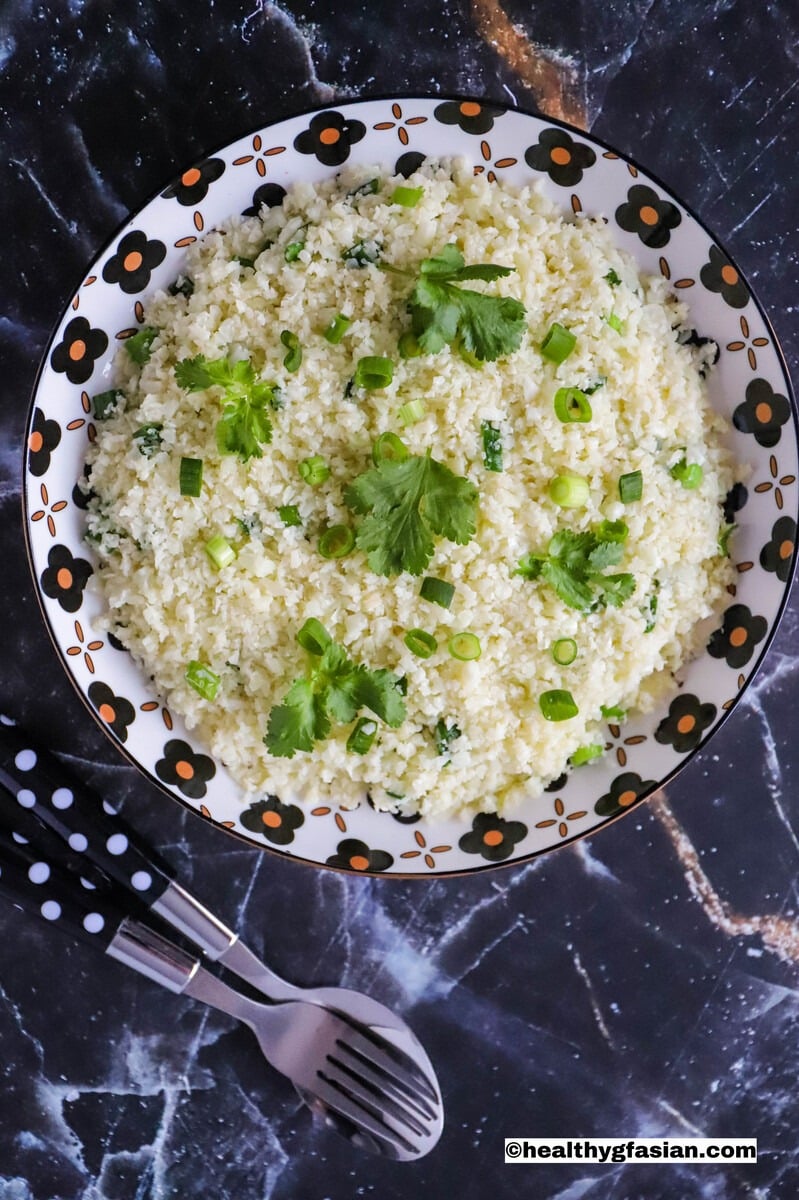
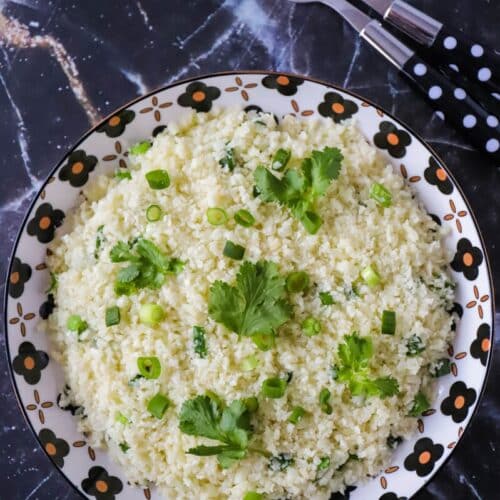
How To Make Cauliflower Rice
Ingredients
- 2 teaspoons extra virgin olive oil
- 1 large head cauliflower
- ½ teaspoon salt
For the Garnish:
- 2 coriander (cilantro) including stems, roughly cut into 1 to 2 cm lengthwise
- 2 spring onions (scallions) thinly sliced lengthwise
Instructions
- Wash and thoroughly dry the cauliflower. Remove any green leaves.
Method 1: Using a Food Processor (easiest way and most time saving)
- Cut the cauliflower into florets and cut the core into small pieces.
- Place all the cut cauliflower pieces into a food processor and pulse for around 20 seconds until the texture resembles rice.
Method 2: Using a Box Grater (easy and slightly time consuming)
- Cut the cauliflower and the core into large pieces.
- Using the small-sized holes of the box grater and finely grate the cauliflower including the core until the texture resembles rice.
Method 3: Using a Sharp Knife and Cutting Board (most time consuming)
- Cut the cauliflower and core int small pieces with a large sharp knife.
- Continue chopping until the texture resembles rice.
For cooking the cauliflower into rice:
Method 1: Stir-Frying
- Heat up a wok or frying pan with 2 tablespoons extra virgin olive oil.
- Transfer all the cauliflower rice and salt into the wok or frying pan and briefly stir-fry for 1 minute on medium heat.
- Add in half of the spring onions (scallions) and stir-fry for another 2 to 4 minutes on medium heat. Stirring frequently.
- Garnish with some coriander (cilantro) and spring onions (scallions) and serve as a side dish or as a substitute for rice.
Method 2: Steaming
- Transfer all the cauliflower rice, half of the spring onion (scallions), extra virgin olive oil and salt into a large bowl or deep plate. Stir and mix well.
- Place a steaming rack into the wok or pot and fill with 1/3 full of water. Bring to a rolling boil.
- Put the bowl or deep plate on top of the steaming rack. Cover with lid and steam for around 5 minutes. You can use any type of steamer.
- Garnish with coriander (cilantro) and spring onions (shallots) and serve as a side dish or as a substitute for rice.
Recommended Products
